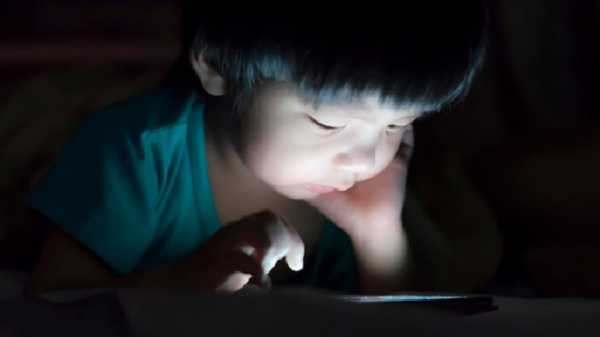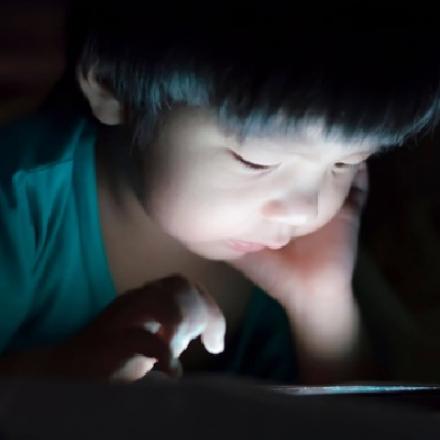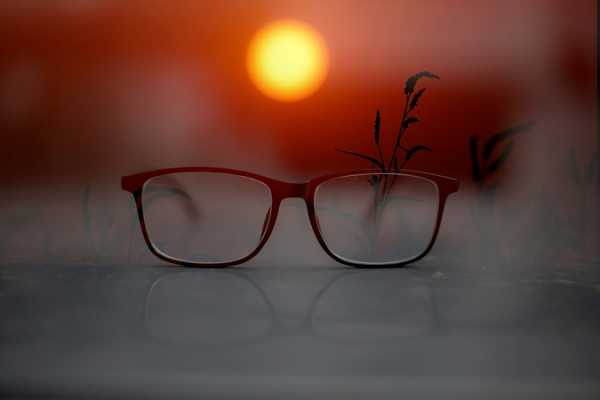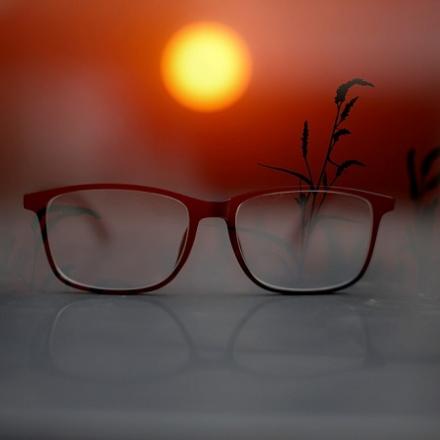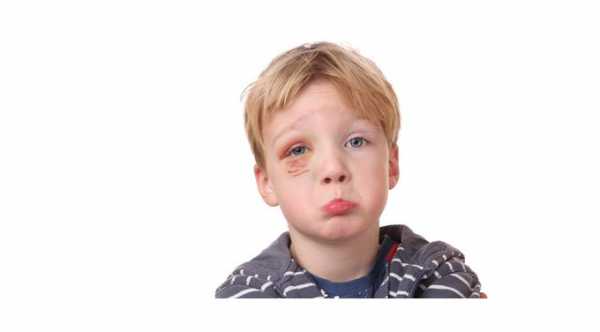
Eye Injuries in Children
Each year, thousands of kids injure their eyes or even become blind as a result of accidents, even though more than 90 percent of these are avoidable. According to the National Society to Prevent Blindness, about a third of eye loss in children under the age of 10 is caused by eye injuries.
Kids' eye injuries can occur from a blow or impact or from a foreign substance entering the eye. Whether your kids participate in competitive sports and other potentially dangerous activities, or are just typical kids who spend their afternoons playing in the yard, it's important for them to know eye safety basics and eye injury prevention strategies, and to use protective eyewear when needed.
Sports deserve particular attention when it comes to preventing eye injuries. The most common sports-related eye injuries in kids are those resulting from a ball or body part colliding with your child's face. Children should wear protective eyewear with impact-resistant polycarbonate lenses when playing baseball, football, basketball, racquet sports, lacrosse, hockey, softball, paintball, and other potentially dangerous sports. Certain other activities, such as woodworking, also call for Kids Safety Glasses.
Eye injuries in children can also occur when harmful or toxic substances come into contact with the surface of the eye. All chemicals and sprays should be kept out of the reach of small children who may open or play with such substances.
Lock any cabinet that kids can reach if it contains harmful substances. In the event of chemical eye injuries, flush the eye with plenty of water to reduce the potential for serious damage.
Kids can also injure their eyes when they are given unsafe toys. Common household items that may cause eye injuries in young children include pencils, paper clips, scissors, rubber bands, and wire coat hangers. Teach children the right way to handle sharp household objects like pencils and scissors.
Some items sold as toys can also be dangerous for your child's eyes, including darts, missile-firing toys, and bow and arrow sets. Fireworks, particularly bottle rockets, and weapons such as pellet guns or BB guns may also cause eye injuries in children, especially when they are not used with appropriate eye protection and adult supervision. Supervise your children closely when they are playing with toys that have the potential to cause eye injuries.
Be aware of areas your child may be that may pose specific eye injury risks. If you have very young children, add safety gates at the top and bottom of stairs and cushion sharp corners. In the care, insist on proper child safety seats and secure loose objects in the trunk, as they can become dangerous projectiles in a car accident.
If your child's eye is injured, a doctor should examine your child as soon as possible. Although parents can treat many minor eye injuries, it's best to err on the site of caution because of the potential for permanent vision loss or blindness.
Medical attention should be sought even if the injury seems minor; a serious eye injury may not be apparent immediately. Delaying medical assistance for your child's eye injury could result in permanent loss of vision.





